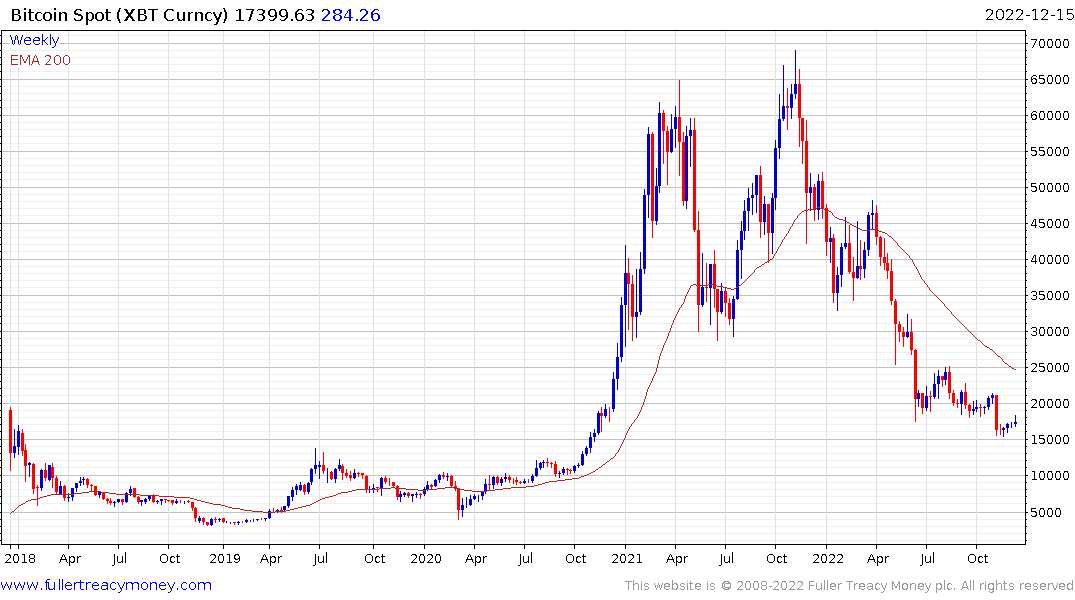Is The 2023 Consensus Wrong?
Thanks to a subscriber for this report from TS Lombard which may be of interest. Here is a section:
Still, bearing in mind the woeful performance of economists’ predictions in 2022, it is worth considering the risks to the current consensus. One possibility is that we are underestimating the severity of any 2023 downturn. Because of the reflexivity that kicks in as economies contract, we have seen this pattern many times before. Perhaps something will break in financial markets or – more likely – the weakness in property markets will prove systemic. For their part, central banks are ignoring the “long and variable lags” in monetary policy. But perhaps the most under-priced risk is to the upside – that the global economy proves more resilient than everyone expects. In fact, given the large distortions in the economy, we would not rule out the unscheduled return of Goldilocks. She is not going to stick around for long, but perhaps long enough to provide some welcome respite for investors.
Here is a link to the full report.
There are less than two weeks of trading left in the year. 2022 has been a year that delivered dual losses in both bonds and equities. If anyone has highly appreciated assets they were thinking of taking profits in, then selling major underperformers to harvest tax losses has been a major theme in the last few days.
It is quite normal to see some of the year’s worst performers fall even further in the last couple of weeks of the year. By the beginning of the new year, everyone who wanted to sell has done so and all that are left are potential buyers/bargain hunters.
This type of trading around the end of one year and the beginning of the next has very little to do with the broader macro question of how deep a recession to expect but it could result in a short-term short covering rally.
My sense is the extent of leverage in the private assets sector is much higher than currently appreciated. Taking the Bank of England’s bailout of the UK pension system as an example of an orderly resolution understates the risk of private asset values imploding. I agree leverage in the residential real estate sector is not high even if prices are. Commercial real estate on the other hand is expensive, heavily leveraged and occupancy rates are also high.
The biggest issue is pensions, charities, endowments and increasingly retail investors don’t have a strong understanding of exactly what they own in private structures. The Blackstone Institutional Fund now accepts minimum inflows of $2500, down from a $1,000,000 minimum. That’s not a good sign. It suggests they are desperate for flow.
 Bitcoin, as a liquidity barometer, is rolling over again. The next area of potential support is $10,000. It’s taking the fintech sector with it. The ARK Fintech ETF is breaking lower.
Bitcoin, as a liquidity barometer, is rolling over again. The next area of potential support is $10,000. It’s taking the fintech sector with it. The ARK Fintech ETF is breaking lower.
Every time central banks have reduced the size of their balance sheets, deflationary fears have ramped higher. That suggests clear scope for yield compression and that could result in a rebound for the tech sector for as long as it lasts. That potential has to be measured against scope for earnings to decline as the economy slows and unemployment rises.
Back to top

